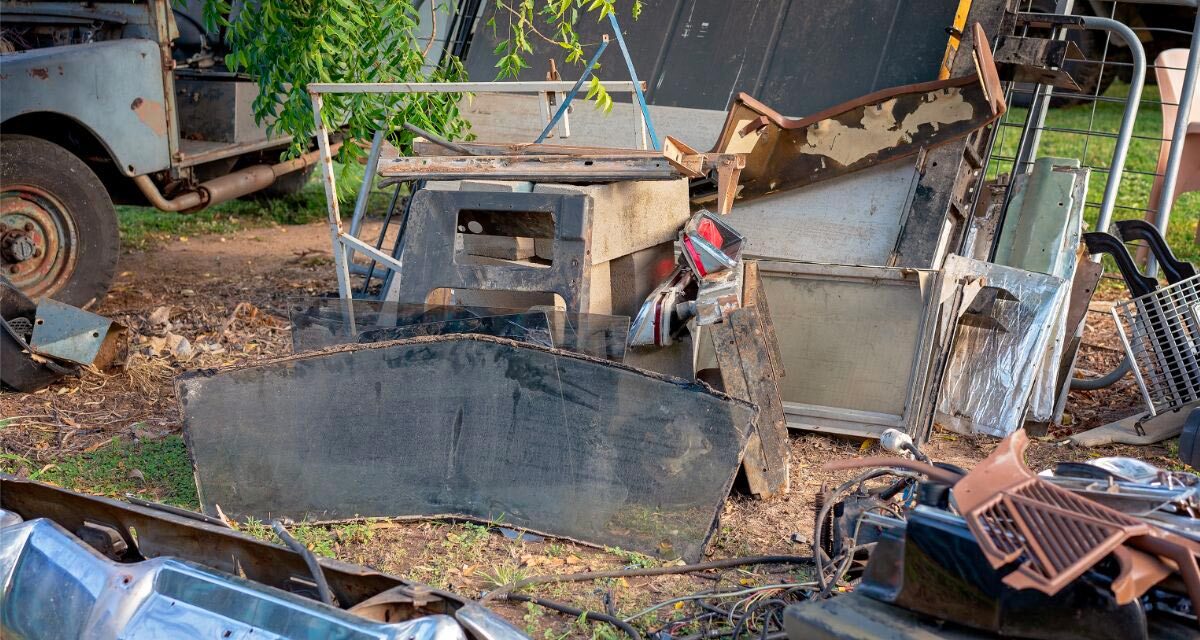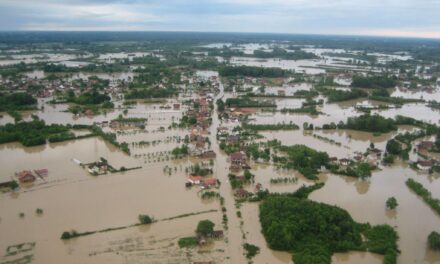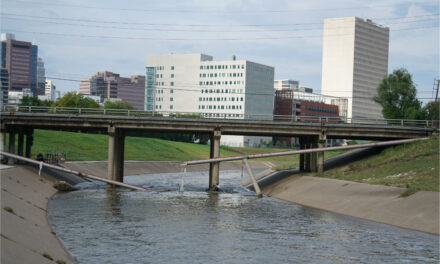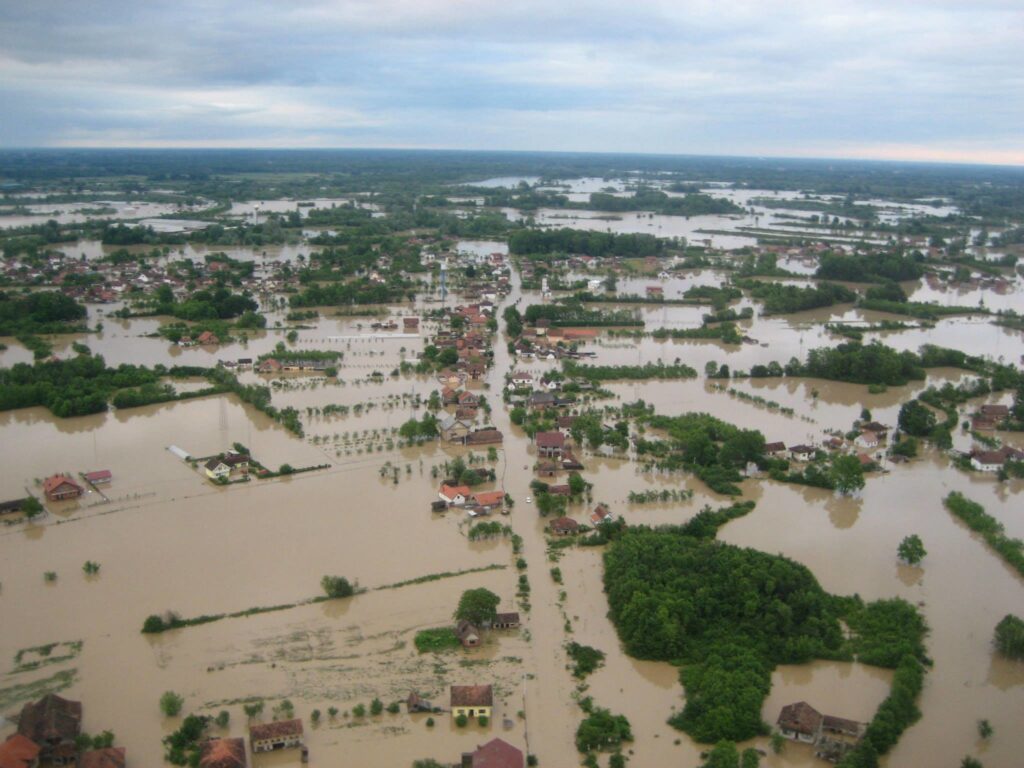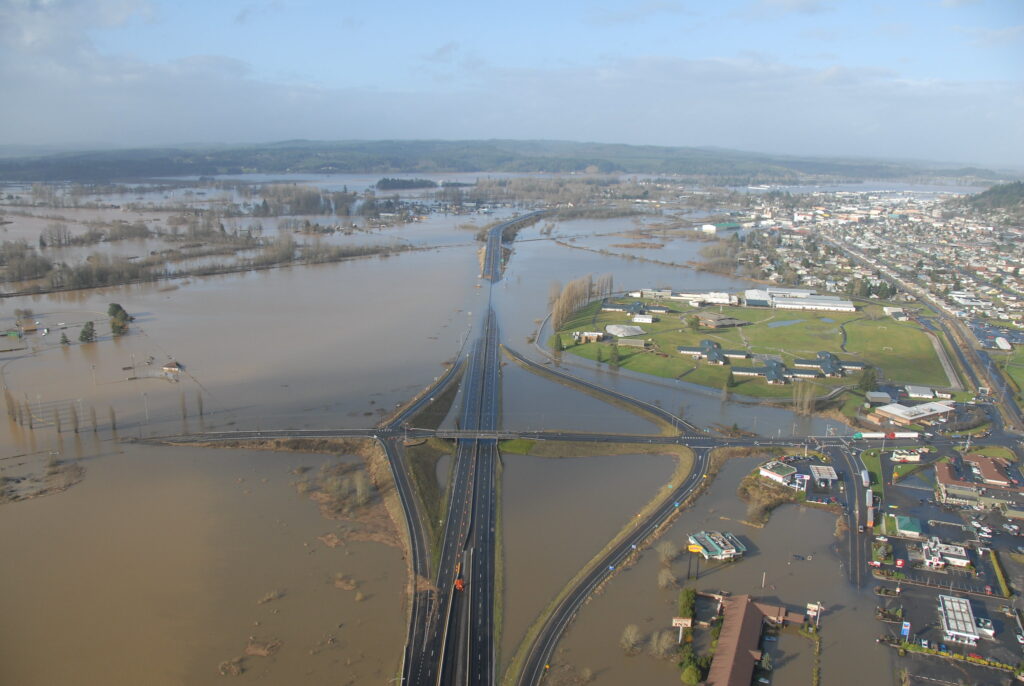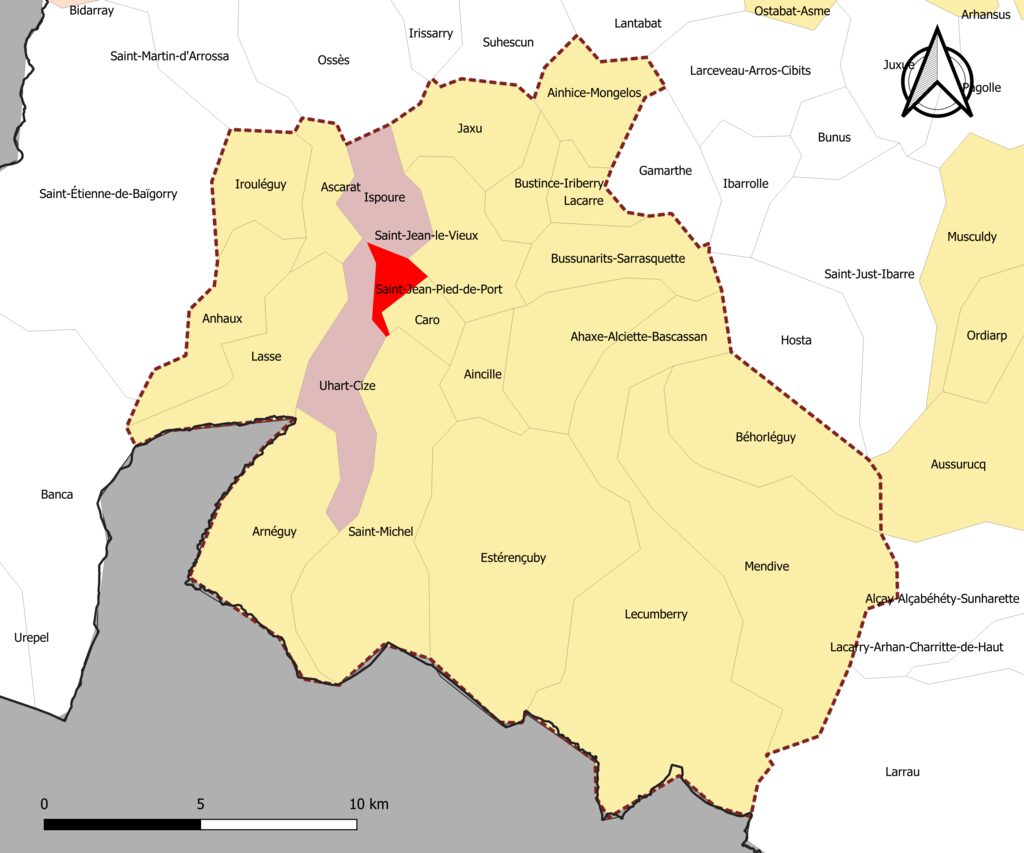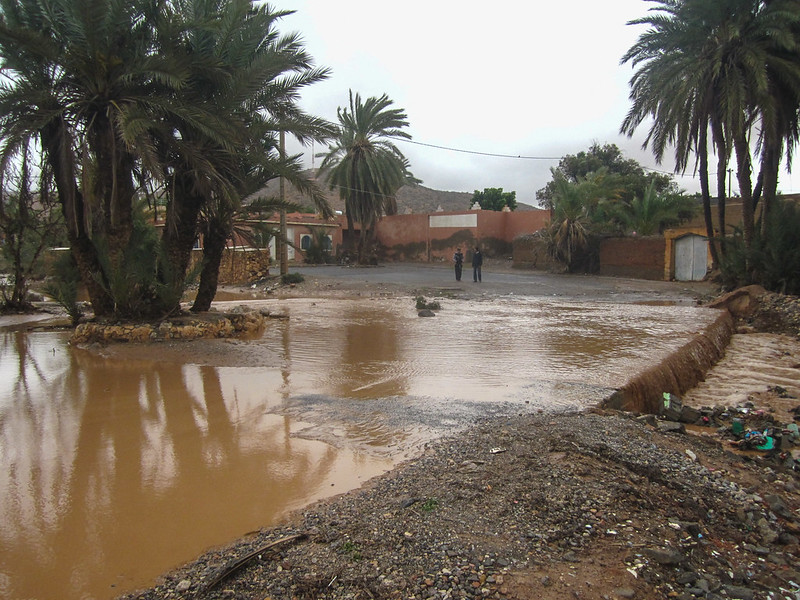Floods can strike with little warning, leaving a trail of destruction in their wake. Proper crisis management is essential to minimize damage and ensure the safety of everyone involved. Whether you’re dealing with a minor overflow or a major flood event, having a plan in place is crucial. This article will guide you through the steps needed to manage a flood crisis effectively and provide essential tips for post-flood repairs.
Preparing for the Worst
The first step in managing a flood crisis is preparation. Knowing the risks and having a response plan can make a significant difference when a flood occurs. Here are some crucial preparation steps:
Risk Assessment: Identify the areas of your property that are most vulnerable to flooding. This could include basements, ground floors, and areas near water sources. Understanding these risks allows you to focus your efforts where they are most needed.
Emergency Kit: Prepare an emergency kit that includes essential items such as food, water, first-aid supplies, flashlights, batteries, and important documents. This kit should be easily accessible in case you need to evacuate quickly.
Communication Plan: Establish a communication plan with family members, employees, or tenants. Ensure that everyone knows how to reach each other and where to meet if you become separated.
Insurance: Ensure that your insurance policy covers flood damage. Standard homeowner’s insurance policies typically do not cover flooding, so additional flood insurance may be necessary.
Managing a Flood Crisis
When a flood occurs, the safety of everyone involved is the top priority. Here’s what to do during the flood:
Stay Informed: Keep up-to-date with local news and weather reports to understand the severity of the flood and any evacuation orders. Use a battery-powered radio if necessary.
Evacuation: If authorities advise evacuation, do so immediately. Do not attempt to drive through flooded areas, as this can be extremely dangerous. If you are unable to evacuate, move to higher ground or the highest floor in your building.
Turn Off Utilities: If it’s safe to do so, turn off utilities such as gas, electricity, and water to prevent further damage. This step can help avoid fires, explosions, and electrocution.
Avoid Floodwaters: Do not walk or drive through floodwaters. Water may be deeper than it appears, and it can be contaminated with hazardous materials.
Post-Flood Repairs: Essential Steps for Recovery
Once the floodwaters recede, the process of recovery begins. Post-flood repairs are crucial to restoring your property and preventing long-term damage. Here are the key steps to take:
Assessing the Damage
Before beginning any repairs, it is important to thoroughly assess the extent of the damage:
Inspection: Inspect your property for structural damage, mold, and other hazards. Be cautious when entering a flooded building, as there may be hidden dangers such as weakened floors or electrical hazards.
Documenting Damage: Take photos and videos of the damage for insurance purposes. This documentation will be necessary when filing a claim.
Contacting Professionals: Depending on the severity of the damage, you may need to hire professionals for repairs. This could include electricians, plumbers, and contractors who specialize in flood damage restoration.
Cleaning Up and Repairing
Once the damage has been assessed, the next step is to clean up and start repairs:
Remove Water: Use pumps, wet/dry vacuums, and dehumidifiers to remove standing water and reduce moisture levels. The quicker you can dry out your property, the less likely mold and mildew will develop.
Dispose of Contaminated Items: Floodwaters often contain sewage, chemicals, and other hazardous materials. Any items that have come into contact with floodwater should be carefully disposed of if they cannot be thoroughly cleaned and disinfected.
Mold Remediation: Mold can begin to grow within 24-48 hours after a flood. Use appropriate cleaning agents and protective gear to remove mold from surfaces. In severe cases, you may need to hire a mold remediation specialist.
Structural Repairs: Address any structural damage to your property. This may include repairing foundations, replacing damaged walls, and fixing broken windows or doors.
Preventing Future Flood Damage
After the immediate repairs are completed, it’s important to take steps to protect your property from future flooding:
Install Flood Barriers: Consider installing flood barriers, such as sandbags or water-filled barriers, to protect your property in the event of another flood.
Improve Drainage: Ensure that gutters, drains, and downspouts are clear of debris to prevent water from pooling around your property.
Elevate Appliances: If possible, elevate appliances such as water heaters, furnaces, and electrical systems above the potential flood level to reduce the risk of damage in the future.
Seal Cracks: Seal any cracks in the foundation and walls to prevent water from entering your home during future flood events.
By following these steps, you can effectively manage a flood crisis and begin the recovery process with confidence. While floods can be devastating, having a plan in place and knowing how to respond can make all the difference in minimizing damage and protecting your property.

